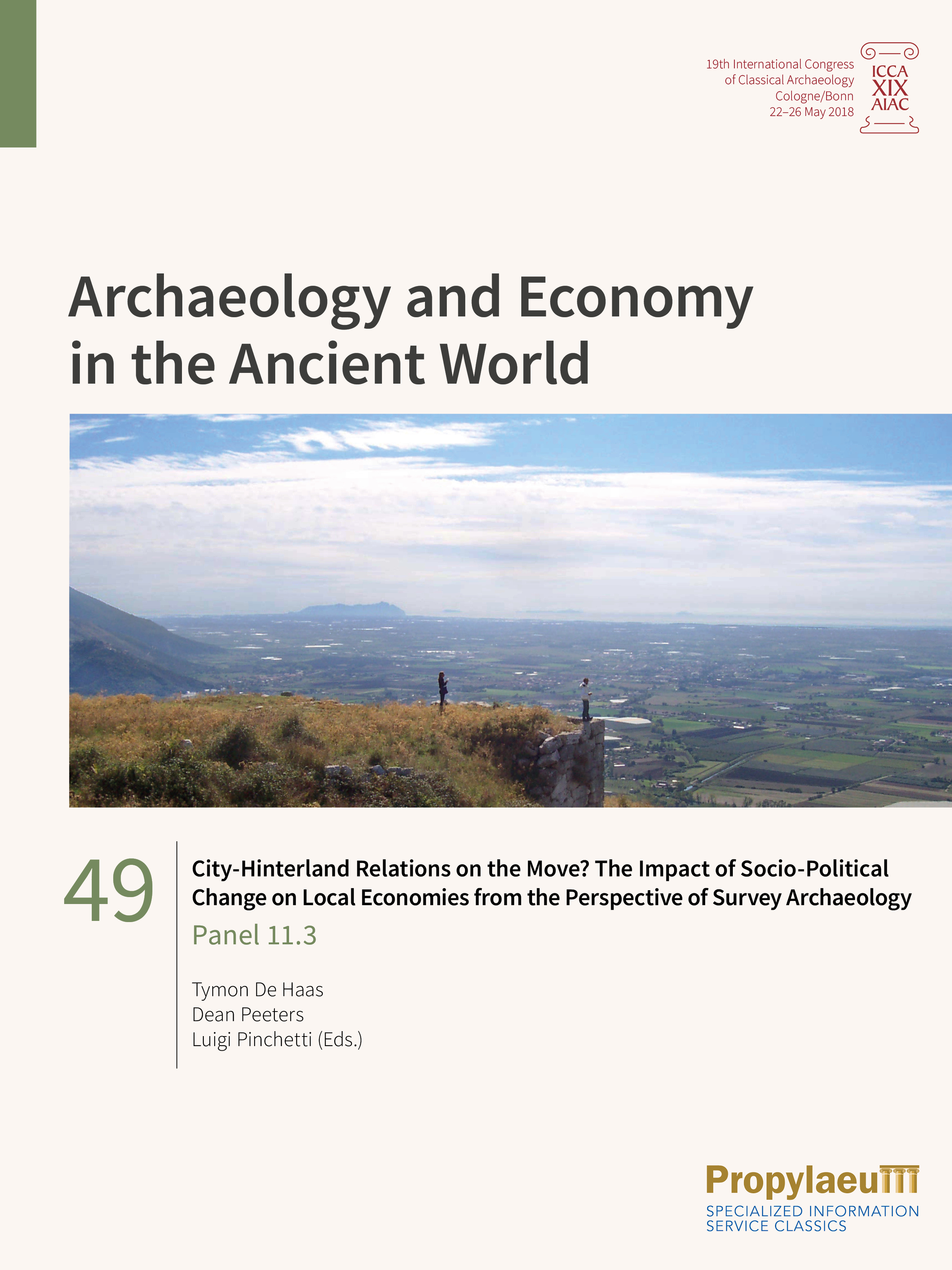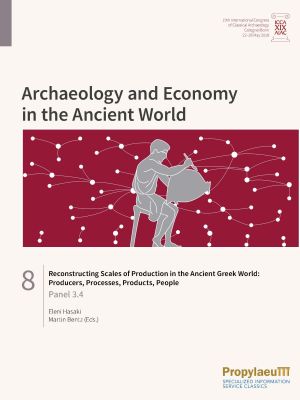Stissi, Vladimir
City-Hinterland Relations on the Move? The Impact of Socio-Political Change on Local Economies from the Perspective of Survey Archaeology: Panel 11.3
Während die Auswirkungen großer gesellschaftlicher Veränderungen auf Stadt und Land schon immer ein zentrales Thema in der Survey-Archäologie waren, bieten die jüngsten methodologischen und theoretischen Fortschritte neue Perspektiven auf dieses Thema. Zunehmend intensivere Feldbegehungstechniken, Sammlungsstrategien für Artefakte und sowohl typologische als auch technologische Artefaktstudien haben unser Verständnis von ländlichen Siedlungen und dem Konsum von keramischen Produkten, insbesondere von lokalen (Grob-)Waren, verändert. Diese Entwicklungen ermöglichen es uns, Veränderungen in den lokalen Produktions- und Austauschsystemen in viel größerer räumlicher und zeitlicher Detailgenauigkeit zu untersuchen, und tragen wiederum zu einer Überprüfung der Auswirkungen bei, die großräumige Transformationen auf lokale Siedlungssysteme und Volkswirtschaften hatten.
Reconstructing Scales of Production in the Ancient Greek World: Producers, Processes, Products, People: Panel 3.4
Forscher haben unterschiedliche, sowohl traditionelle als auch experimentelle Ansätze verfolgt, um den Umfang handwerklicher Produktion zu bestimmen, eine wichtige Grundlage für Aussagen zur antiken Wirtschaft. In diesem Panel werden neue Berechnungsmethoden vorgestellt: zur Größe von Werkstätten und ihrer Belegschaft, zum Zeitaufwand für den gesamten Herstellungsprozess von Produkten, zur Bedarfsmenge bzw. zur Nachfrage der Bevölkerung nach bestimmten Produkten sowie zum heute erhaltenen Anteil antiker Produktionsmengen. Methoden, die teilweise von benachbarten Disziplinen entwickelt wurden, helfen, das archäologische Material neu zu interpretieren. Durch Anwendung der sozialen Netzwerkanalyse und durch Berechnungen der Arbeitsleistung einzelner Handwerker, der Bauwirtschaft und des Verhältnisses von Produktions- und Konsumptionsmengen soll ein besseres Verständnis der Leistungsfähigkeit und des Umfangs des Handwerks in Griechenland und in den griechischen Kolonien geschaffen werden. Archäologen und Wirtschaftshistoriker nutzen hierbei, vor allem auf der Mikro-Ebene, Variablen wie die Rohstoffbeschaffung, den Einsatz von Arbeitskraft, gegenseitige Abhängigkeiten verschiedener Handwerke, Ausbildungszeiten und Nachfragezahlen. Chronologisch reicht der Rahmen von der Prähistorie bis in die klassische Zeit, geographisch liegt der Fokus auf Griechenland und Italien, thematisch auf Keramik, aber auch auf Fußbodenbelägen sowie Grabarchitektur.








